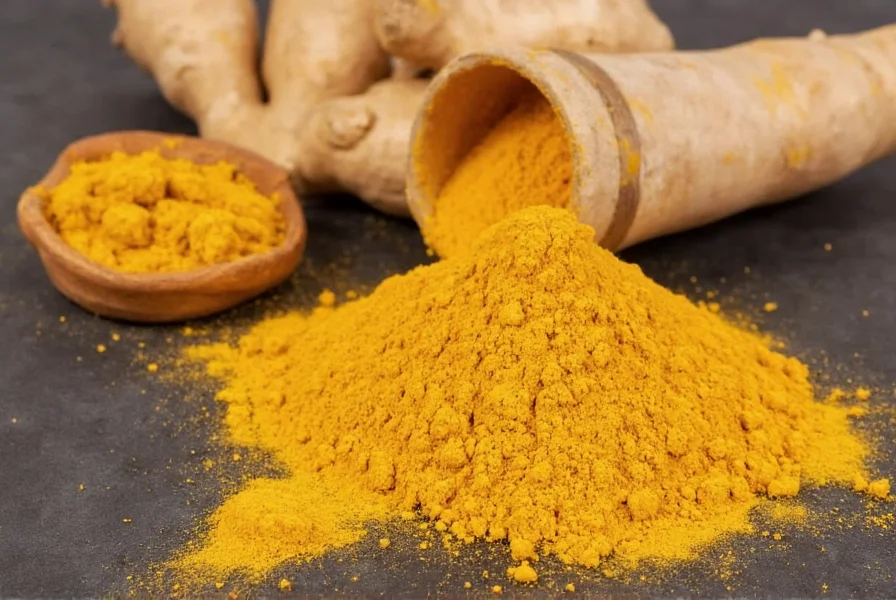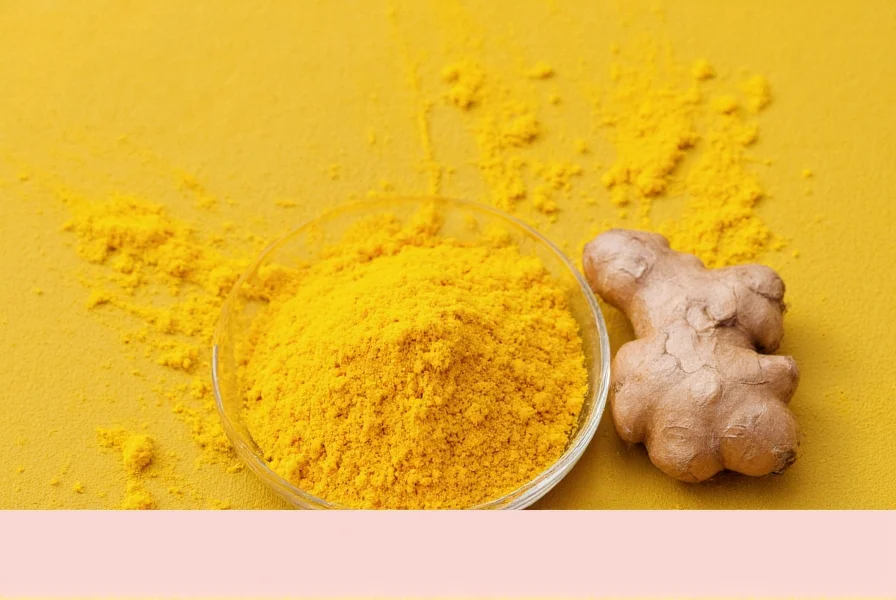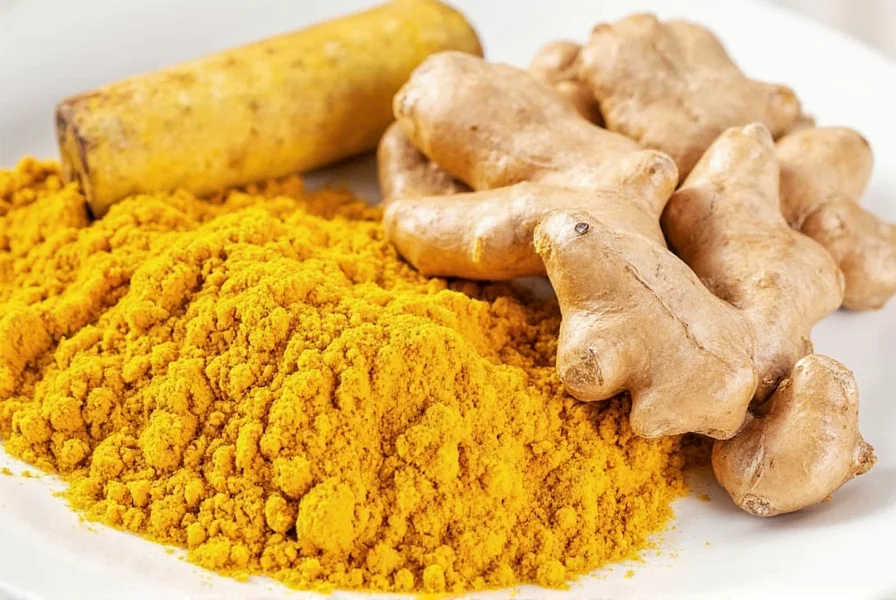These powdered spice forms deliver convenience without significantly compromising the essential properties found in their fresh counterparts. Understanding the specific characteristics, proper usage, and realistic expectations for ginger and turmeric powder helps maximize their culinary and potential wellness benefits while avoiding common misconceptions.
The Science Behind Powdered Spices
When roots undergo the drying and grinding process to become powder, certain chemical transformations occur. Turmeric powder contains approximately 2-8% curcuminoids, with curcumin being the most studied compound. Ginger powder preserves gingerols, though some conversion to shogaols happens during drying, potentially increasing certain bioactive properties.
Research published in the Journal of Agricultural and Food Chemistry indicates that while fresh turmeric contains higher moisture and volatile oils, the powdered form maintains stable curcumin levels when properly stored. Similarly, ginger powder shows comparable antioxidant capacity to fresh ginger when measured by ORAC (Oxygen Radical Absorbance Capacity) values.
Ginger Powder: Culinary and Practical Applications
Ginger powder offers consistent flavor and extended shelf life compared to fresh ginger. Its concentrated nature means you typically use about one-fourth teaspoon of powder for each tablespoon of fresh ginger called for in recipes. This ginger powder substitution ratio helps maintain proper flavor balance in dishes.
Chefs prefer powdered ginger for:
- Dry spice rubs for meats and vegetables
- Baked goods where fresh ginger's moisture would alter texture
- Blending into spice mixes like garam masala or pumpkin spice
- Creating consistent flavor in commercial food production
| Application | Recommended Amount | Best Paired With |
|---|---|---|
| Smoothies | 1/8-1/4 tsp | Lemon, pineapple, black pepper |
| Tea | 1/4 tsp | Honey, lemon, cinnamon |
| Curries | 1/2-1 tsp | Turmeric, cumin, coriander |
| Baking | 1/2-1 tsp | Cinnamon, nutmeg, allspice |
Turmeric Powder: Beyond the Golden Hue
Turmeric powder's vibrant yellow color comes from curcumin, but its culinary value extends far beyond appearance. Unlike fresh turmeric which can stain surfaces and hands, the powdered form offers more controlled application. When exploring how to use turmeric powder effectively, consider these science-backed tips:
Curcumin has low bioavailability on its own. Combining turmeric powder with black pepper (which contains piperine) can increase absorption by up to 2,000% according to research in Planta Medica. Similarly, pairing with healthy fats like coconut oil enhances absorption since curcumin is fat-soluble.
For making golden milk with turmeric powder, use this basic ratio: 1 cup milk (dairy or plant-based), 1/2 teaspoon turmeric powder, 1/8 teaspoon black pepper, and optional sweetener. Simmer gently for 5-7 minutes to activate compounds without degrading heat-sensitive components.

Comparing Fresh vs. Powdered Forms
Understanding the difference between fresh and powdered turmeric helps determine when each form works best:
- Flavor intensity: Powdered forms are more concentrated (1 tsp powder ≈ 1 tbsp fresh)
- Shelf life: Properly stored powders last 2-3 years vs. fresh roots lasting 1-3 weeks
- Nutrient retention: Some compounds degrade during drying, while others become more stable
- Convenience: Powders offer consistent measurement and no preparation time
For immediate use in fresh preparations like juices or salads, fresh roots often provide brighter flavor. For cooked dishes, long-term storage, or consistent dosing in wellness routines, ginger and turmeric powder delivers reliable results.
Evidence-Based Wellness Considerations
While both spices have been used in traditional medicine systems for centuries, modern research provides more nuanced understanding of their health benefits of ginger and turmeric powder. The National Center for Complementary and Integrative Health notes that:
- Ginger shows promise for nausea relief, particularly during pregnancy and after surgery
- Turmeric's curcumin demonstrates anti-inflammatory properties in laboratory studies
- Most clinical evidence comes from concentrated extracts, not culinary amounts
- Effects from dietary consumption are generally mild compared to therapeutic doses
When considering ginger turmeric powder for digestion, studies suggest ginger may help accelerate gastric emptying, while turmeric's effects on digestion are less direct but may support overall gut health through anti-inflammatory mechanisms.
Practical Usage Guidelines
For optimal results with ginger and turmeric powder dosage in culinary applications:
- Start with small amounts (1/8-1/4 tsp) and adjust to taste
- Add early in cooking for deeper flavor integration
- Store in airtight containers away from light and heat
- Check freshness by aroma - faded scent indicates diminished potency
Proper storage significantly impacts longevity. Keep powders in dark glass jars in a cool pantry (<70°F/21°C), away from the stove. When stored correctly, storing ginger and turmeric powder properly maintains potency for 24-36 months. Discard if you notice musty odors, clumping, or significant color fading.

Safety and Quality Considerations
While generally recognized as safe for culinary use, certain considerations apply when using organic ginger and turmeric powder benefits as part of regular consumption:
- Those on blood thinners should consult doctors before consuming large amounts
- Gallstone sufferers may need to limit turmeric due to bile stimulation
- Pregnant women should moderate ginger intake (max 1g/day according to some guidelines)
- Choose powders tested for heavy metals, especially turmeric which can absorb contaminants
When selecting products, look for third-party testing certifications. Some lower-quality turmeric powders have been adulterated with fillers or coloring agents. Reputable brands provide transparency about sourcing and testing procedures for ginger and turmeric powder quality.
Conclusion: Maximizing Your Spice Experience
Ginger and turmeric powders offer convenient, shelf-stable options that maintain many beneficial properties of their fresh counterparts. By understanding proper usage amounts, storage methods, and realistic expectations for anti-inflammatory spices powder form, you can effectively incorporate these versatile ingredients into your culinary and wellness routines. Remember that while these spices contribute to a healthy diet, they work best as part of balanced nutrition rather than standalone solutions for health concerns.











 浙公网安备
33010002000092号
浙公网安备
33010002000092号 浙B2-20120091-4
浙B2-20120091-4